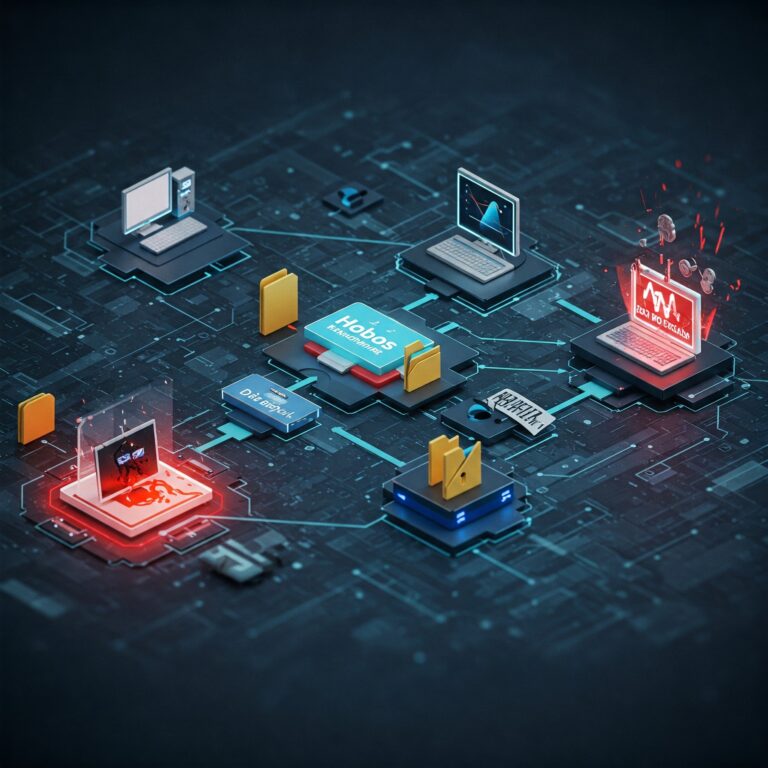The Escalating Crisis of Identity Theft and Data Breaches: A 2025 Survival Guide
The Digital Age Dilemma: Convenience vs. Catastrophic Risk The digital revolution has woven itself into the fabric of our…

The Digital Age Dilemma: Convenience vs. Catastrophic Risk The digital revolution has woven itself into the fabric of our…

WASHINGTON, D.C. – In a sweeping international operation, the U.S. Justice Department has unsealed charges against two Russian nationals…